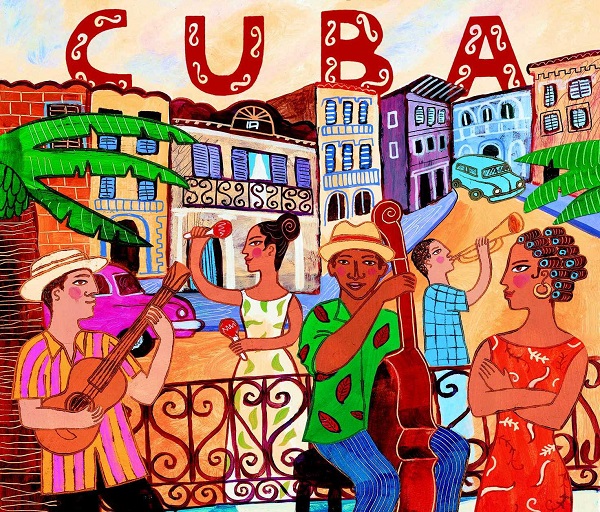11.3.3 Pylon.

Pilón is a Cuban musical genre created by Enrique Bonne, and performed and popularized by Pacho Alonso with his orchestra, Los Bocucos, in the 1960s. Pilón is an experimental sonera variant of the era.
The Pilón was inspired by a very particular rhythm generated by workers pounding coffee with their mallets. This rhythm establishes the sonic element of this musical genre. It has its origins in the oriental organ.
This Cuban musical genre takes its name from the rustic instrument used by peasants in eastern Cuba: a large mortar and pestle, in which the force of a mortar is applied to a container to crush the grains. Its creators frame the roots of the Pilón rhythm as an accidental occurrence and a traditional event for Cuban peasants.
Musically, the introduction of the percussion was modified, giving rise to harmonic changes, and the other performers marched in unison. Bonne retained the cadence of the Son Oriental, transposed part of the tres’s function to the piano and bass, and the trumpet’s figuration took over the percussion cadence. The instrumental format for its performance was known as conjunto sonero. There is an alternation between solo and chorus.
Pilón is a dance musical genre in which the hands performed the figurative act of pounding the rhythm, and after three beats, a side step was taken with the arms spread wide. It didn’t have a specific musical form as to how it was danced; it fell into the category of dances for everyone. This contributed to its great popularity in Cuba.
The Pilón represented the pinnacle of success for the Alonso-Bonne duo. Of the other Son variations created by these illustrious musicians, including the Simalé and the UPA UPA, they did not achieve the same level of acclaim as the Pilón.
Among the songs that enjoyed great popularity with the public were: Rico Pilón, A Cualquiera se le muere un tío, and Yo no quiero piedras en mi camino (I Don’t Want Stones in My Path) by Pacho Alonso. Also, El Pilón del amor (The Love Pilon) by Piloto y Vera.








